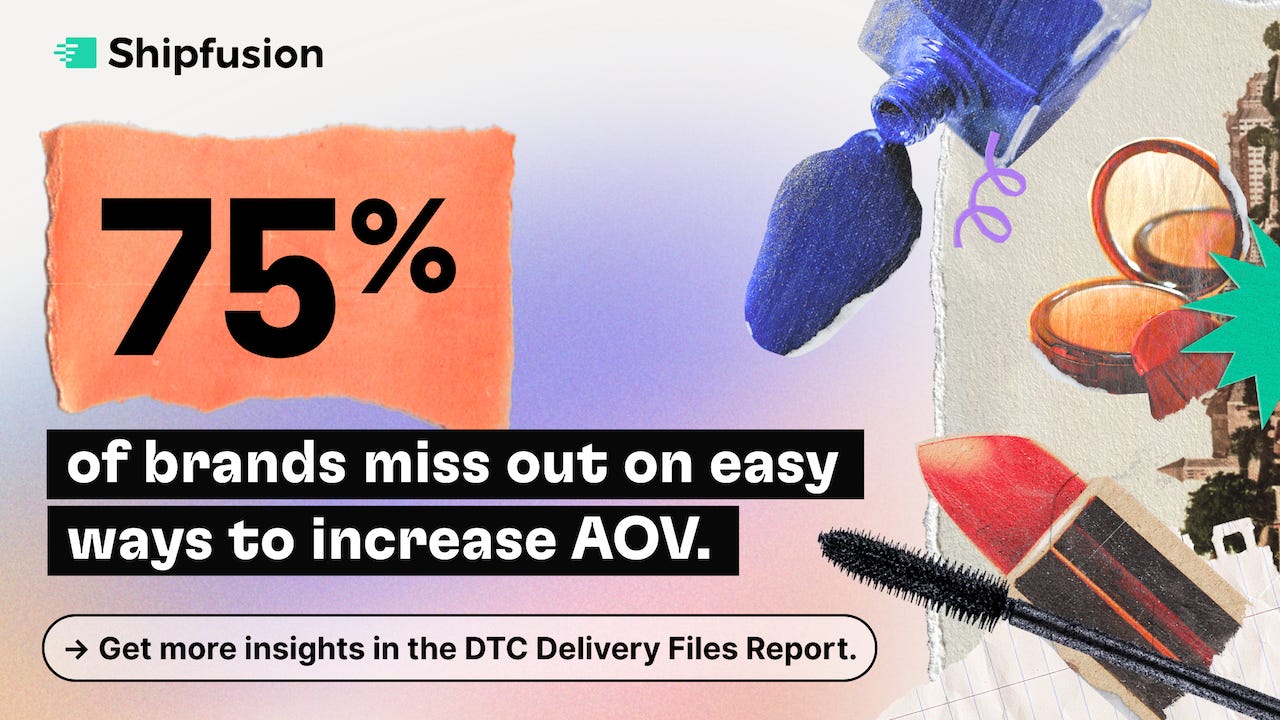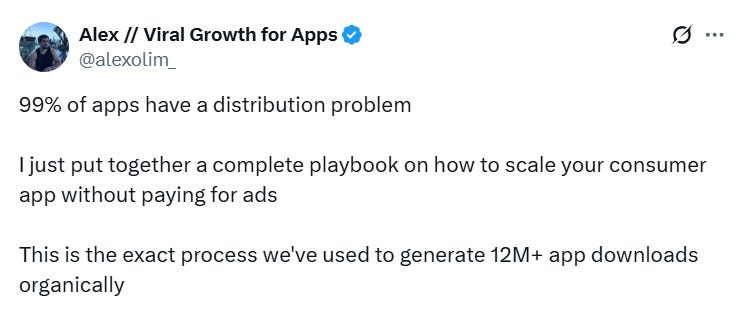The Hidden Interest in CAC
📉 Unpaid narrative debt compounds cost every day you delay proof, Instagram rolls out retention charts, debunks caption reach myths, and more!
Howdy Readers 🥰
In this newsletter, you’ll find:
📉 Narrative Debt Paydown
📊 Instagram Sharpens Reels Analytics + Caption Myths Busted
🚀Tweet of the Day
If you’re new to Buyology then a hearty welcome to you, You’ve reached the right place alongside 50k+ amazing people, Before you forget, if someone forwarded this newsletter to you, don't forget to subscribe to our newsletter so you never miss out!
📉 Narrative Debt Paydown
Every brand borrows credibility when it makes promises. Features are hyped before proof, outcomes are implied without receipts, and eventually, a gap builds up, narrative debt.
Just like financial debt, it compounds interest in the form of higher CAC, lower trust, and slower scaling if not repaid.
Step 1: Calculate Your Debt Load
Audit every customer-facing promise and tag whether proof exists. Divide “claims with no proof” by total claims to get your narrative debt ratio. If more than 30% of your promises aren’t backed by assets, you’re scaling on thin ice.
Step 2: Set a Repayment Cadence
Debt only shrinks with discipline. Build a proof calendar where lightweight assets hit weekly, mid-tier validations roll out monthly, and cornerstone case studies refresh quarterly. Think of it as a mortgage payment plan, predictable and compounding.
Step 3: Make TikTok Your Proof of Liquidity Tool
TikTok shouldn’t just capture clips; it stress-tests claims in real time. A skincare brand promising “visible glow in 7 days” used TikTok reactions to validate the claim within 48 hours, with comments fueling proof velocity.
For marketers, TikTok is a rapid proof market: lightweight, fast, and scalable. (PS: TikTok Ads currently offers $200 in free credit when you spend $200, the perfect way to test proof assets at scale.)
Step 4: Manage the Risks of Default
Unpaid narrative debt erodes brand equity. Customers ignore future promises, ads lose efficiency, and CAC balloons. Treat every unproven claim as a liability dragging your marketing P&L down.
Step 5: Scale the Paydown System
For multi-SKU brands, debt triage matters. Prioritize repayment for SKUs driving the highest revenue, then cascade proof assets to long-tail products. Centralize assets in a library tagged by promise, proof type, and SKU, so the system compounds instead of resetting each launch.
Case Study: From Debt Spiral to Proof Engine
One wellness brand entered Q4 with 46% of its claims unsupported. TikTok proof clips deployed weekly slashed that ratio to 18% in six weeks, while quarterly long-form validations closed the loop.
The result: CAC fell 22%, ROAS climbed 31%, and their “proof library” became a compounding growth engine.
Bottom line: Narrative debt isn’t a metaphor; it’s a financial drag. Paying it down systematically with proof assets turns promises into profit, and proof into scale.
Together with Shipfusion
The Missed Post-Purchase Moves That Could Double Retention
Winning new customers is expensive. Losing them after the first order is a cost most brands can’t survive.
Shipfusion tested 110 beauty brands and tracked their post-purchase journeys. The results show how even well-known brands are letting growth slip through their fingers:
❌ 75% missed out on higher AOV with no post-purchase offers.
💔 33% of shipments arrived scuffed, and over 10% had damaged items.
🤯 Nearly half used custom boxes, but only 36% branded interiors.
😔 Most failed to create any memorable unboxing or retention triggers.
It’s not about just the Cosmetics; the same mistakes run through supplements, wellness, pet care, and every category.
These breakdowns are where customers decide not to returnand no ad budget can buy them back. Inside the report, you’ll see benchmarks, leader examples, and the exact playbooks to fix it; it’s a teardown you can action immediately.
Download the free report now and turn post-purchase into your most profitable channel!
📊 Instagram Sharpens Reels Analytics + Caption Myths Busted
Instagram has rolled out new Reels retention metrics and clarified a common caption myth. The platform is arming creators with better data while shutting down rumors about how reach really works. For brands, this means fewer hacks and more focus on engagement-driven strategy.
The Breakdown:
1. Retention Charts Arrive – Reels now include an interactive retention graph showing when viewers drop off. A flatter line means people are sticking around, while sharp dips reveal weak points in your content, giving clear signals on where their storytelling breaks down.
2. Skip Rate Over View Rate – Instagram has swapped its old “View Rate” metric with “Skip Rate,” tracking how many people exit within the first three seconds. High skip rates indicate weak openings, making strong hooks even more critical.
3. The Truth About Captions – Adam Mosseri confirmed that long captions don’t impact reach, though they can help with storytelling. Meme accounts use unrelated captions (like car manuals) to dodge duplicate-content penalties and sometimes see 30% reach boosts, but the tactic isn’t sustainable or brand-safe.
These updates push marketers to focus on what truly drives performance: capturing attention in the first seconds and sustaining it through retention. Instead of chasing algorithm tricks, brands now have direct visibility into engagement drop-offs, giving them the power to fine-tune creative with precision.
🗝️ Tweet of the Day
Advertise with Us
Wanna put out your message in front of over 50,000 best marketers and decision makers?
Checkout our Partner Kit here🤝
At Buyology, we care about our readers and want to provide the best possible experience. That's why we always look for ways to improve our content and connect with our audience. It would be amazing if you could hit us up with feedback about our content or absolutely anything, we are always up for a chat 🥰
Thanks for your support, We'll be back with more such content 🥳



